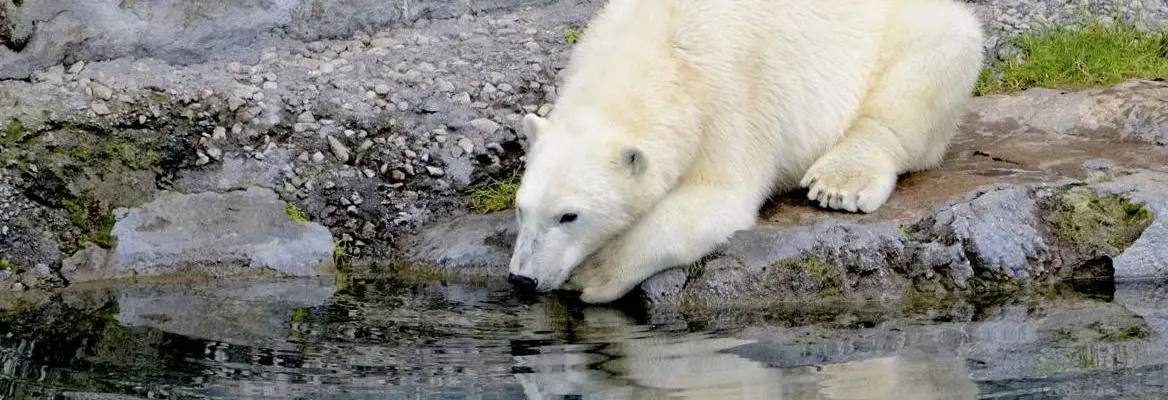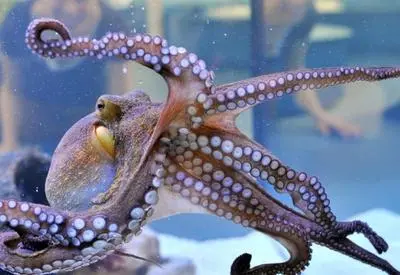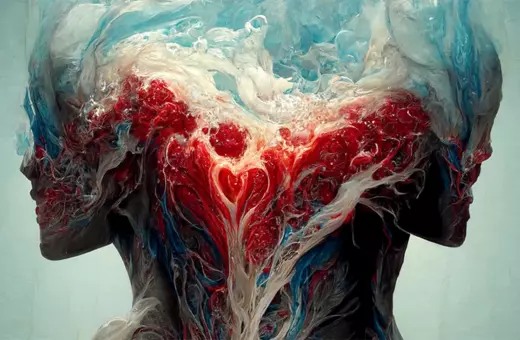The philosopher Owen Flanagan has pointed out that when Hamlet poses the question that has become the single most powerful query of all English literature, “he is, of course, contemplating suicide.” For reasons too complex to enumerate, when modern-day researchers think of a suicidal agent, they imagine a Hamletian character who struggles with the question of whether it is best to be or not to be; and when they are called upon to define ‘suicide’ they often define it, perhaps inspired by Hamlet, in terms of a series of mental states—an inner mental monologue, really—that somehow express or represent the subject’s conscious intent to die. According to this contemporary understanding, people who commit suicide are all those who, like Hamlet, contemplate the meaning of the good life, consider their future prospects, realize that their current life is not worth living, and then consciously choose not to be—Hamlet’s unchosen path.
This intentional conception of suicide seems reasonable enough. It fits with our common folk intuitions about what suicide is and what it looks like. Yet, from a philosophical standpoint, it may be more problematic than we realize.
Consider, for instance, that a good number of suicides—including impulsive suicides, youth suicides, altruistic suicides, and the suicides of people with severe mental health problems—do not seem to involve a conscious intent to die. Yet, they are obviously suicides. How can this be?
The answer is that suicide and intentionality need no go hand in hand. The intent to die may play a role in a lot, maybe even 99%, of suicides, but it is not a necessary condition for suicide. There are cases of suicide in which the relevant intention is nowhere to be found. As early as 1897, Émile Durkheim, the father of suicidology, recognized that there is a gap between suicide and intentionality and refused to ground his theory of suicide on the concept of intent. In his famous book, Le Suicide, he illustrated this gap with the examples of the soldier who sacrifices themselves by running into enemy territory to save their regiment and of the mother who jumps in front a moving truck to save her child. These figures, Durkheim says, are not motivated by a conscious wish to die. They don’t intend to die. Nevertheless, most of us would characterize their deaths as suicides.
___
"The idea of a dog, cat, or horse sitting on a chair, having an existential crisis about whether to be or not to be is, for many, absurd—the stuff of comedy, parody, or science fiction. But not all suicides are the same and not all suicidal beings need to look like some version of Hamlet."
___
Aside from the fact that it makes us ignore the fact that not all suicides involve a conscious intent to die, another problem with viewing suicide through a Hamletian framework is that the latter quickly—indeed too quickly—leads to the conclusion that only humans are capable of suicide. The idea of a dog, cat, or horse sitting on a chair, having an existential crisis about whether to be or not to be is, for many, absurd—the stuff of comedy, parody, or science fiction. But not all suicides are the same and not all suicidal beings need to look like some version of Hamlet. The idea that nonhuman animals may be capable of suicidal ideation, as I argue in an article recently published in Animal Sentience, is not as absurd as most people might think.






















Join the conversation